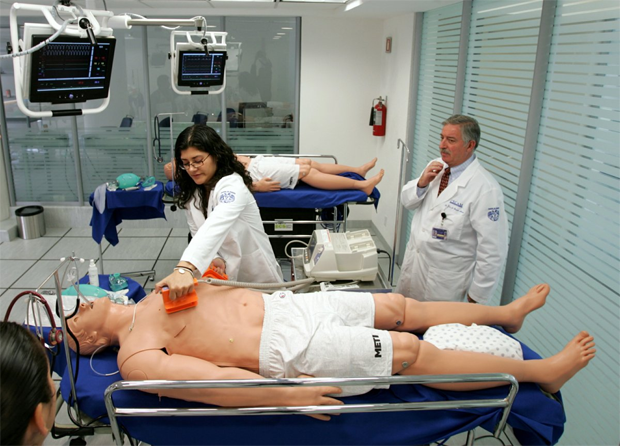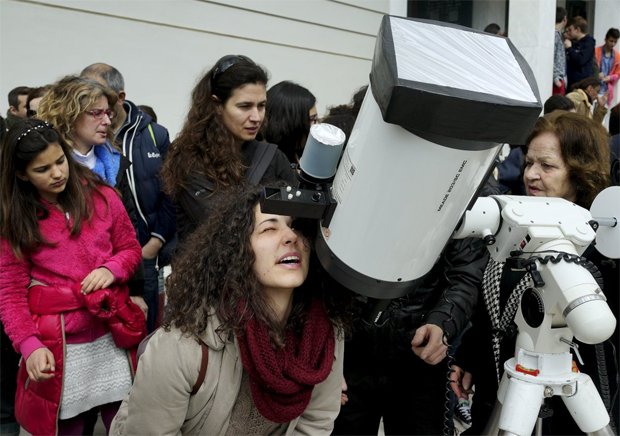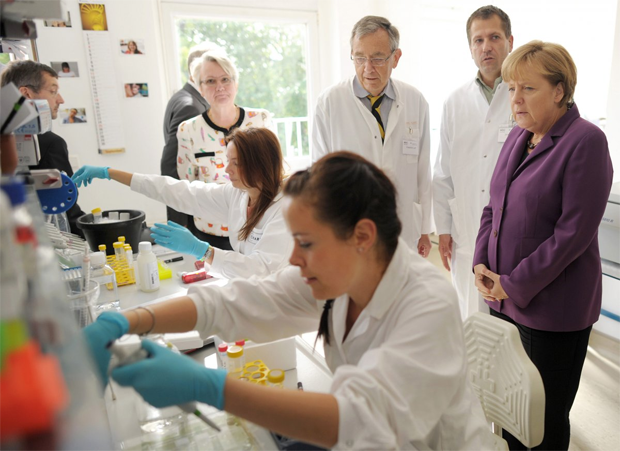|
If we are to solve the biggest problems of our time —
from climate change and food security to nuclear non-proliferation —
we're going to need more scientists. That's partly why the Organization
for Economic Cooperation and Development (OECD) tracks new college
degrees in 40 of the world's most advanced countries. Now the group has
released its 2015 Science, Technology and Industry Scoreboard report,
which includes data up to 2012. The ranking is based on the percentage
of science, technology, engineering, or math (STEM) degrees awarded per
capita so that it's a fair comparison between countries with different
populations. For example, Spain ranked 11th by awarding 24% of its
degrees in the natural sciences or engineering. Here's how 10 of the
smartest countries in the world stack up when it comes to science
degrees:
|
 |
10. Portugal had 25% of its students graduate with a STEM degree. It has
the highest percentage of doctorate holders — 72% — that work in
education of all 40 countries surveyed.
|
 |
|
9. Austria (25%) has the second-highest
number of working-age PhDs, with 6.7 female and 9.1 male doctorate
holders per 1,000 people.
|
 |
8. Mexico moved up from 24% in 2002 to 25% in 2012, despite the
government abolishing tax breaks for businesses investments in research
and development.
|
 |
|
7. Estonia (26%) has one of the highest percentages of female STEM
graduates, at 41% in 2012. |
 |
6. Greece spent only 0.08% of its GDP on research in 2013, which was one
of the lowest reported among developed countries. It might explain why
its STEM degree rate dropped from 28% in 2002 to 26% in 2012.
|
 |
5. In France (27%), most researchers are employed by industry rather
than the government or universities.
|
 |
4. Finland (28%) publishes more research about medicine than in any
other field.
|
 |
3. Sweden (28%) is just behind Norway for most computer use at work,
including for applications like programming. Over three-quarters of
workers use computers at their jobs.
|
|
 |
|
2. Germany (31%) had the third-highest average annual
raw number of STEM graduates at about 10,000, right behind the US and
China — despite those countries' much larger populations.
|
|
 |
|
1. South Korea (32%) had the top 10's largest drop,
from 39% in 2002, even though the country retained its position at the
top of the OECD's list.
|